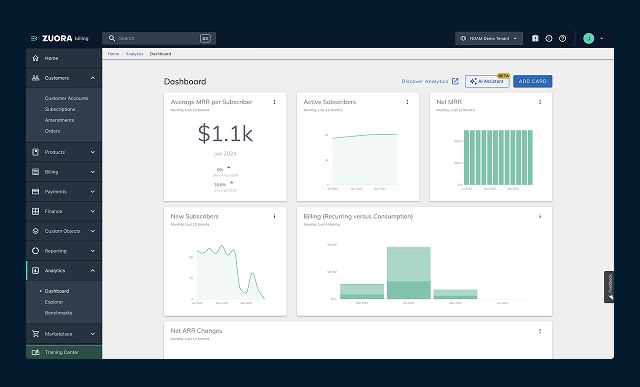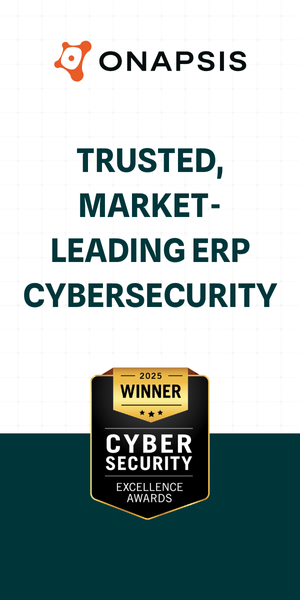With the rapid developments currently being seen in generative Artificial Intelligence (gen-AI), existing ERP systems can be enhanced and augmented in new ways to extend, enhance and augment their core functionalities. But as important as front-line functionality always is, we can now elevate our use of AI to point towards cloud cost control in the FinOps space at a higher-level platform tier.
“FinOps is an operational framework and cultural practice which maximizes the business value of cloud, enables timely data-driven decision making, and creates financial accountability through collaboration between engineering, finance, and business teams,” notes the FinOps Foundation Technical Advisory Council.
In FinOps-centric deployments, organizations have a clearer ability to align interactions between finance, engineering and business teams. This can encompass activities designed to automate cost tracking and allocation and enable the opportunity to review spend and optimization opportunities alongside continuous feedback loops to improve financial decision-making.
Optimization identification
“All this and more is possible using machine learning algorithms to predict spend trends and identify optimization opportunities,” said Oliver King-Smith, founder and CEO at smartR AI. “By integrating AI with ERP systems and cloud-based data sources, FinOps will experience significant advancements. AI’s capacity to correct and update real-time information in an ERP system through third-party source integration paves the way for heightened efficiency. Moreover, its predictive analytics capabilities enable a more intricate analysis of the enterprise, anticipating seasonal, marketing-based and channel-centric fluctuations that drive higher profitability and top-line growth.”
The fusion of AI with FinOps is also argued to enhance legacy system integration, amalgamating incompatible systems into the ERP framework from a holistic perspective. As AI accelerates information flow across cloud data sources, it empowers FinOps teams with what many agree are swift and profound insights into the enterprise’s competitive position. By demonstrating quantifiable efficiencies in maintaining the FinOps environment while amplifying profitability and growth potential, those embracing AI will undoubtedly yield substantial value increases for all stakeholders.
King-Smith continued, “Looking at how AI can augment existing ERP systems. here are a few examples from my experience in the field. Teams often complain they don’t have enough time for their primary tasks as they are wading through repetitive and mundane tasks to keep their ERP systems up-to-date, AI can alter this phenomenon and automate processes, freeing up human workers for their more valuable work. Secondly, predictive analytics becomes a doddle, as AI can analyze the large datasets hiding in various parts, be they structured or unstructured, to provide better forecasts, identify potential bottlenecks and suggest optimisations. Then there’s process improvement that can be streamlined, using AI companies can monitor how their processes are executed within an ERP and recommend ways to streamline them for efficiency. Who wouldn’t want to use AI within their ERP and FinOps systems when it can clearly predict spend trends, identify optimization opportunities, and ultimately save so much time and money?”
As for GPT (Generative Pre-trained Transformer) models – the latest AI buzzword on the block, the ERP giants are now providing models like Joule (SAP), CoPilot (MS), while others can integrate their GPT model seamlessly with your ERP system, such as SCOTi® AI.
ERP loves structure
“ERP systems are built to manage core business and work with highly structured data within intricate relationships and are deeply integrated into the entire infrastructure of a company. Replacing them would require a massive overhaul and could be incredibly disruptive,” added King-Smith. “Currently, GPT models aren’t designed to handle this type of data structure complexity in the same way; they are primarily language models, which are great at understanding and generating text, translating between languages and various creative tasks.”
King-Smith indicated that GPT models could complement ERP systems now and in the future by providing Natural Language Interfaces where GPT helps create more intuitive ways for users to interact with ERP systems, using natural language queries instead of complex navigations; Report Generation as GPT can assist in generating summaries and reports from the data within an ERP, making information easier to understand; Intelligent Assistance where GPT-like models might provide suggestions or insights based on the data within an ERP, acting as a smart assistant for users.
Commenting on his interpretation of the future interconnection between ERP, FinOps and AI, Oliver said, “Looking into the future, we believe AI, ERP systems and FinOps will increasingly become intertwined, leading to more intelligent, automated, and efficient business operations. GPT models, such as Joule, CoPilot and SCOTi, to name a few, can make substantial enhancements optimizing productivity and predictivity. It’s a partnership with significant potential, not a matter of one replacing the other.”





